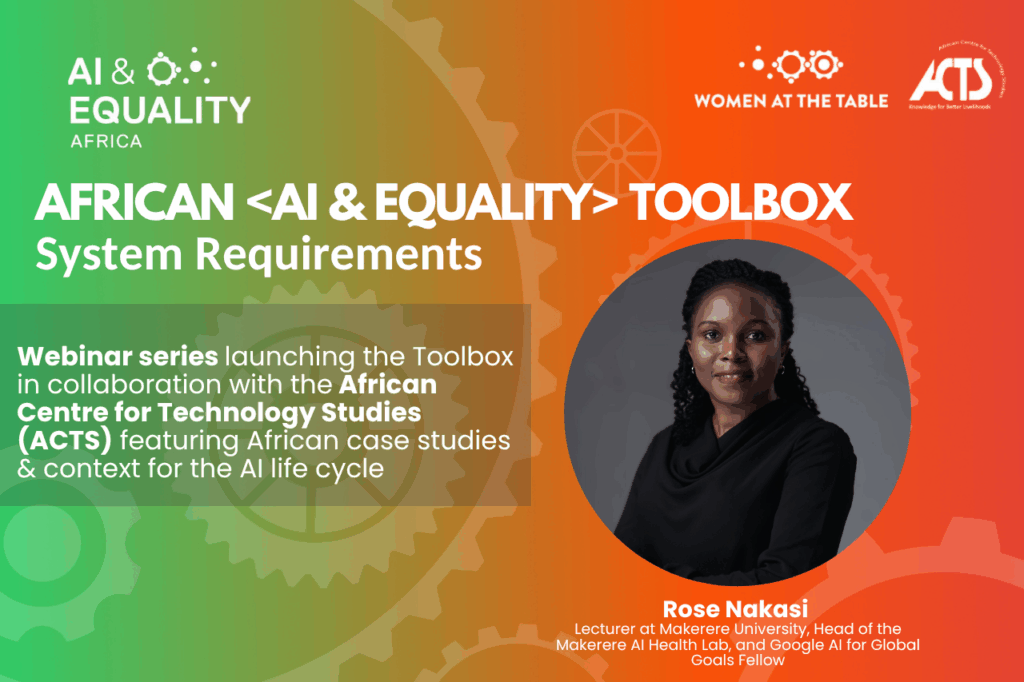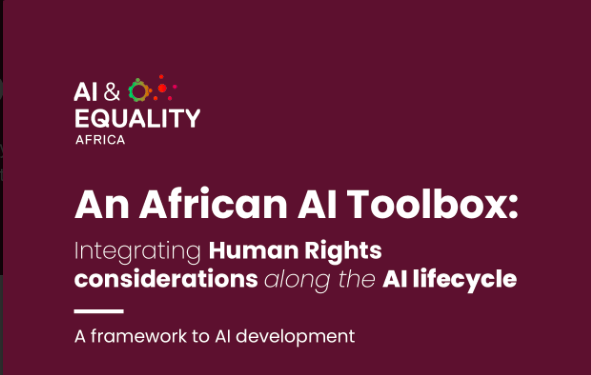AI deployments in African contexts often fail when requirements are defined externally, without understanding local realities. System requirements act as the bridge between visionary goals and practical, equitable use.
This webinar focused on stage 2 of the AI Lifecycle, on how defining system requirements can embed human rights, manage trade-offs, and ensure technology serves—not exploits—communities. This case study responds to a problem which is that Malaria remains a critical health challenge in sub-Saharan Africa, where traditional diagnostic methods face significant barriers. The gold standard for malaria diagnosis—microscopic examination of blood smears—requires trained technicians and well-equipped laboratories, resources that are often scarce in the regions where malaria hits hardest.
The Makerere Model: Community-Centered and Equity-Driven Design
The Makerere initiative didn’t start with technology; it began with a profound understanding of health inequity. Recognizing the scarcity of trained technicians and well-equipped laboratories in malaria-endemic Sub-Saharan Africa, Dr. Nakasi’s team developed a 3D-printed smartphone adapter that transforms existing microscopes into digital imaging devices. This innovation exemplifies how thoughtful system requirements can embed values like accessibility and sustainability.
A key takeaway from the discussion was the team’s refusal to rely on external datasets. Instead, they meticulously built their own through local partnerships, despite ethical and bureaucratic challenges. This decision, as Dr. Nakasi explained, prioritized ethical rigor and contextual relevance over convenience or speed. It highlights that system requirements must explicitly call for locally relevant data collection and ethical data governance from the outset.
Community Engagement: The Cornerstone of Context-Aware Design
The success of the Makerere initiative is inextricably linked to deep community engagement. Early on, the team discovered that rural health clinics lacked internet connectivity and stable power. This led to a pivotal shift in system requirements: the development of offline detection tools that could run locally on a smartphone. This demonstrates that system requirements must be informed by direct engagement with end-users and a thorough understanding of infrastructural limitations. Assumptions about connectivity, power, and digital literacy can lead to failed deployments.
Furthermore, conversations with healthcare professionals revealed needs beyond parasite identification, such as the manual determination of parasitemia. This feedback led to enhancements in the ocular tool, allowing it to quantify parasites – a direct result of user-centered design. Institutionalizing feedback loops from the community into the requirement-setting process is non-negotiable for truly impactful AI.
Ethical and Bureaucratic Hurdles: Planning for Governance
Deploying AI in sensitive domains like healthcare in Africa presents unique ethical and bureaucratic challenges. Dr. Nakasi recounted the hurdles of sharing data from health facilities for model development, due to concerns about patient privacy. These concerns highlight the absence of established ethical frameworks for AI integration in healthcare.
Her team‘s approach involved collaborative engagement with AI and medical experts, focusing on solutions like anonymization and evidence-based showcases of impact. System requirements must anticipate and proactively address governance and ethical hurdles, leading to the development of robust ethical frameworks and policies. This proactive approach ensures patient privacy, builds trust, and paves the way for broader adoption.
Redistributing Power and Fostering Human Agency
The Makerere ocular innovation was explicitly designed to support, not replace, healthcare workers. This is a critical distinction. Dr. Nakasi emphasized that the tool augments their work, reducing the burden of manual tasks and freeing up time. Confirmation of diagnosis remains in the hands of the expert, ensuring human oversight. System requirements should clearly articulate how AI will maintain explainability, human oversight, and reinforce human agency, rather than displacing professional expertise.
The expansion of the Makerere framework to other diseases like cervical cancer and tuberculosis, and its integration with telehealth platforms, showcases adaptability. This scaling is driven by a focus on addressing broader public health challenges, further emphasizing that system requirements should build in adaptability and expansion pathways from the start, prioritizing solutions to pressing societal needs.
Institutionalizing Best Practices for AI in Africa
For AI in Africa to truly flourish, Dr. Nakasi offered crucial advice:
- Evidence-based impact: Demonstrate that AI can be impactful in the Global South, not just the Global North.
- Community participation: Involve communities at every stage of development, from problem identification to solution validation.
- Enabling governance environment: Develop intentional ethical and governance frameworks to guide AI integration.
- Patient outcomes at the core: Always prioritize how AI solutions can improve patient outcomes.
The Makerere malaria diagnosis initiative stands as a testament to the power of thoughtful system requirements in driving equitable and sustainable AI solutions. By prioritizing community needs, local infrastructure, ethical considerations, and human agency, we can ensure that AI truly serves the people of Africa.


